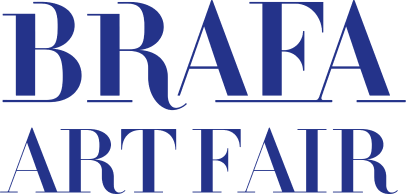IMAGE DETAILS
_TomWesselmann_T638312505050304804.jpeg?w=300&h=300&mode=pad&scale=both&qlt=75)
Samuel Vanhoegaerden Gallery
Tom Wesselmann (Cincinnati 1931-2004 New York)
Monica nude in robe and stockings (Var #8), 1986
Enamel on laser-cut steel
H 83.5 x W 168 cm
Signed, dated and titled on verso
Provenance: OK Harris Gallery, New York; private collection, USA
Literature: Tom Wesselmann: a Pop Art Legend, Samuel Vanhoegaerden Gallery, Knokke, 2023, ill.



 download image
download image